June 21 - 27, 2015: Issue 219
RABAUL
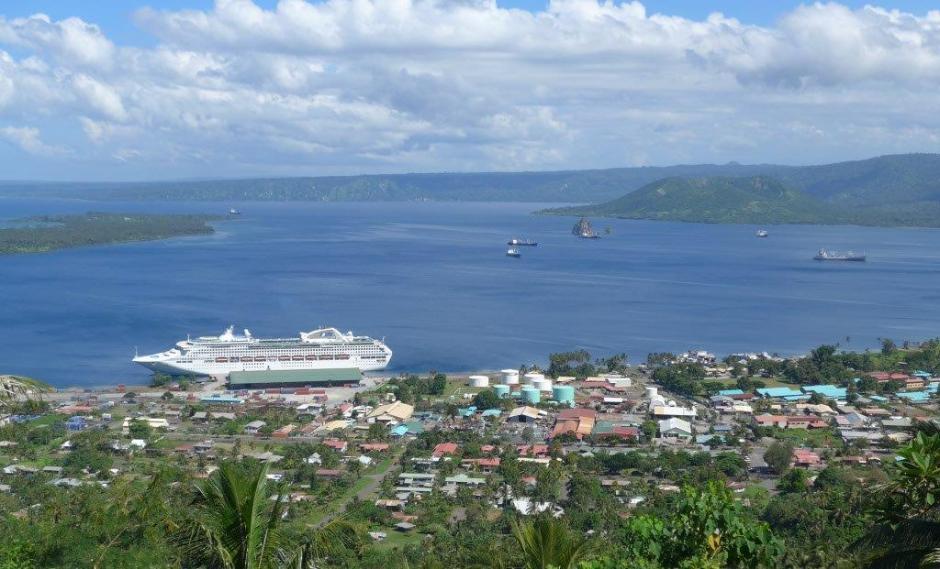
Overview of the caldera - Simpson Harbour.
RABAUL
by George Repin
Rabaul, located at the north-eastern end of the island of New Britain in Papua New Guinea, played a major role in the push of the Imperial Japanese forces towards Australia during World War II. New Britain is about 60 Kilometres east of the mainland of New Guinea. The harbour of Rabaul (Simpson Harbour) became the main base of the Japanese in the South Pacific and at the peak of its strength included five airfields, a seaplane and submarine base, and a huge naval anchorage with all necessary support facilities - with a garrison of about 200,000 men.
The harbour, which is a huge caldera measuring 8 x 14 Kms. provided a safe anchorage. It was formed by at least two major volcanic eruptions. One, about 7,100 years ago formed the Tavui caldera offshore to the north and a second eruption about 1,400 years ago created the present day shape.
Volcanic activity inside the caldera since the last caldera-forming eruption produced various types of lava flows. Cinder cones have built up around several of the vents including the historically very active Vulcan and Tavurvur volcanoes. Volcanoes around the caldera are an obvious feature of the harbour and the whole area continues to be subject to seismic activities. Devastating eruptions occurred in 1937 and 1994 when both Tavurvur and Vulcan erupted simultaneously.
The catastrophic 1937 eruptions totally destroyed the town and killed 507 people. Plans to move the territorial headquarters away from Rabaul to a safer location were stalled by the war and when the Japanese had gone Rabaul with its fine harbour again flourished as the principal city and port of the archipelago.
By 1990 the population had increased to 17,400.
In 1983 and 1984, when the volcanoes became threatening, the town was ready for evacuation but it was not until 19 September, 1994, with only 19 hours warning that Tavurvur and Vulcan erupted, totally destroying the airport because it was in the direct path of the falling ash from the nearby vents. Volcanic ash covered the town.
Fortunately there was time for the inhabitants to evacuate following previously established procedures and evacuation drills. Consequently only five people died.
Most of the buildings in the south-eastern part of Rabaul collapsed from the weight of volcanic ash on their roofs.
Following the 1994 eruptions the administrative centre was moved to Kokopo about 20 Kilometres away.
Photographs by George Repin in April, 2015
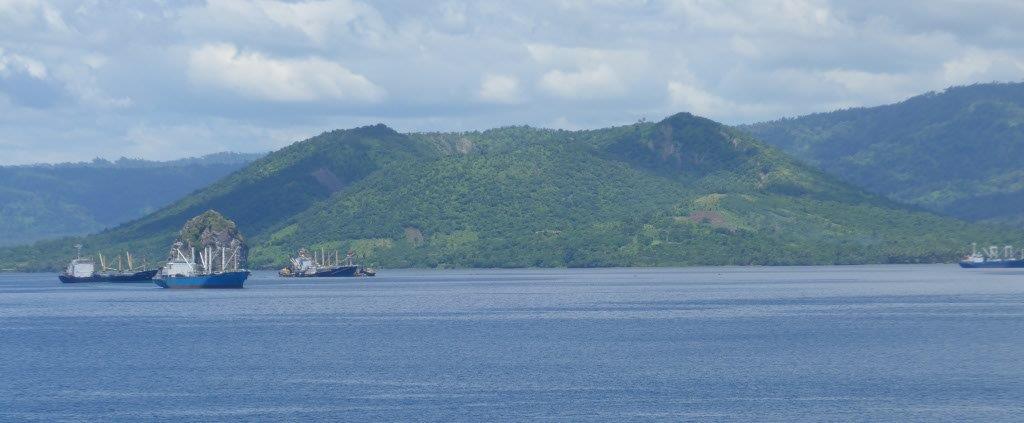
Vulcan - on the other side of the harbour.
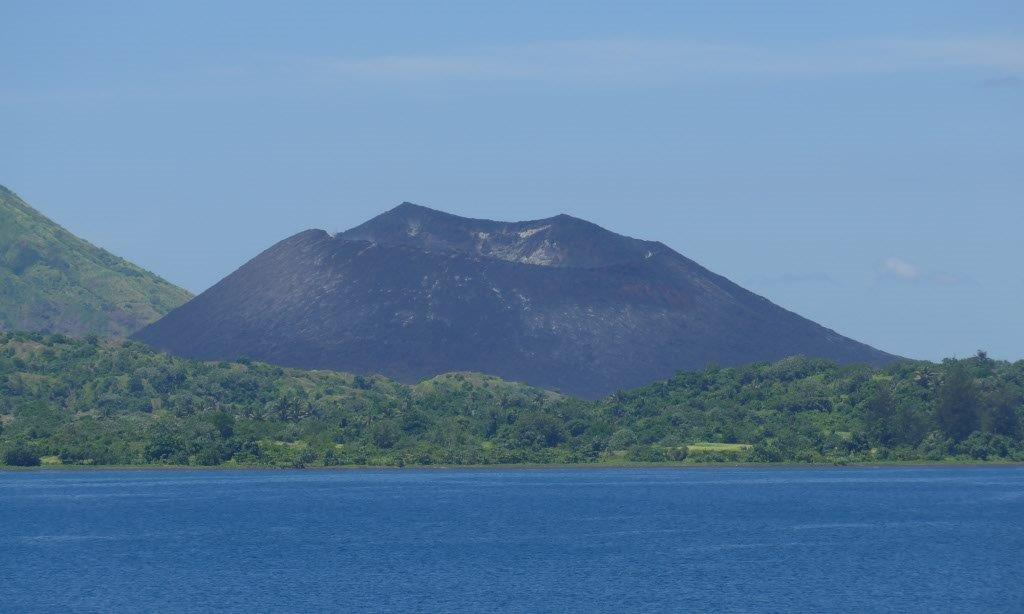
Turangunan - "South Daughter".
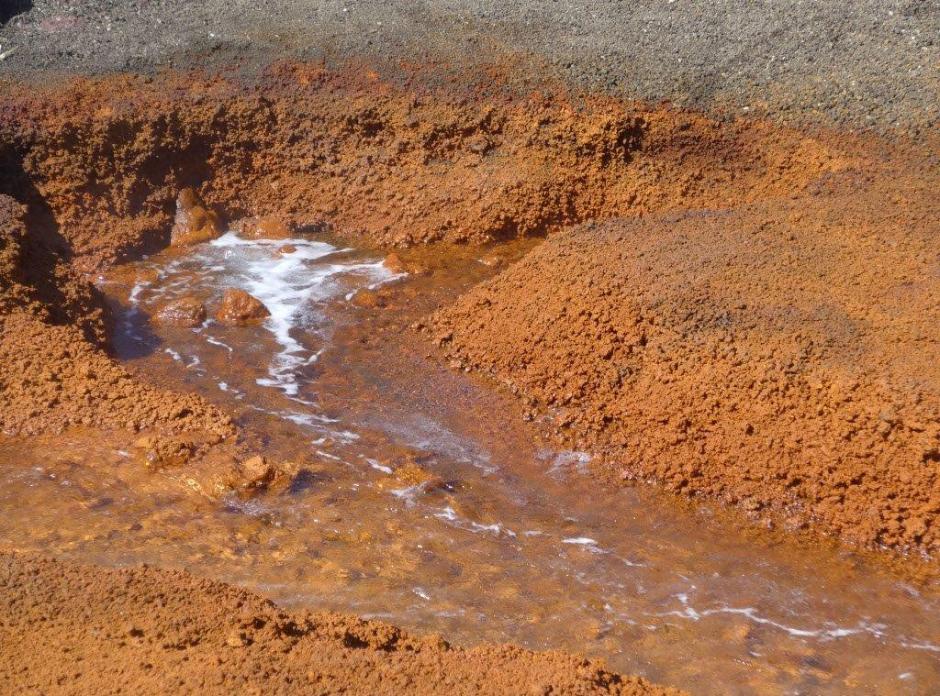
Hot water spring.
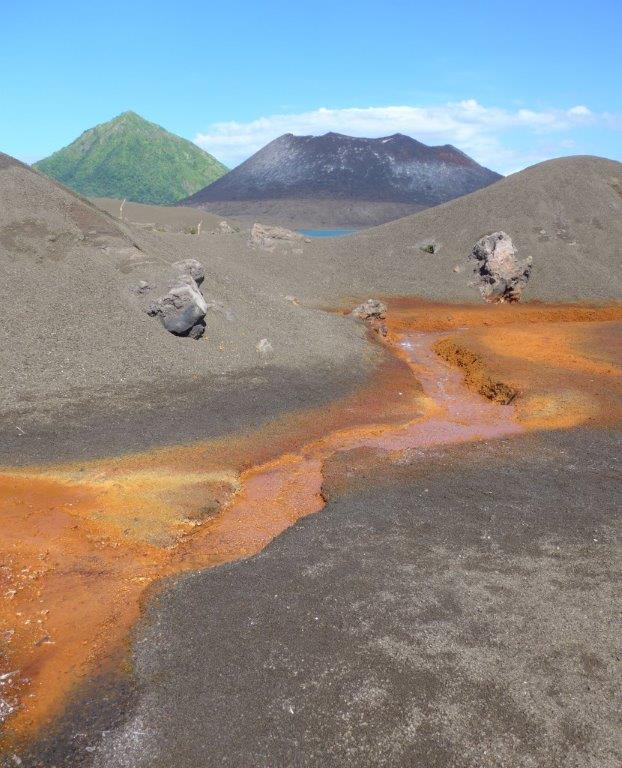
Hot water from the spring flowing towards the harbour - Tuvurvur and Turangunan in the distance.
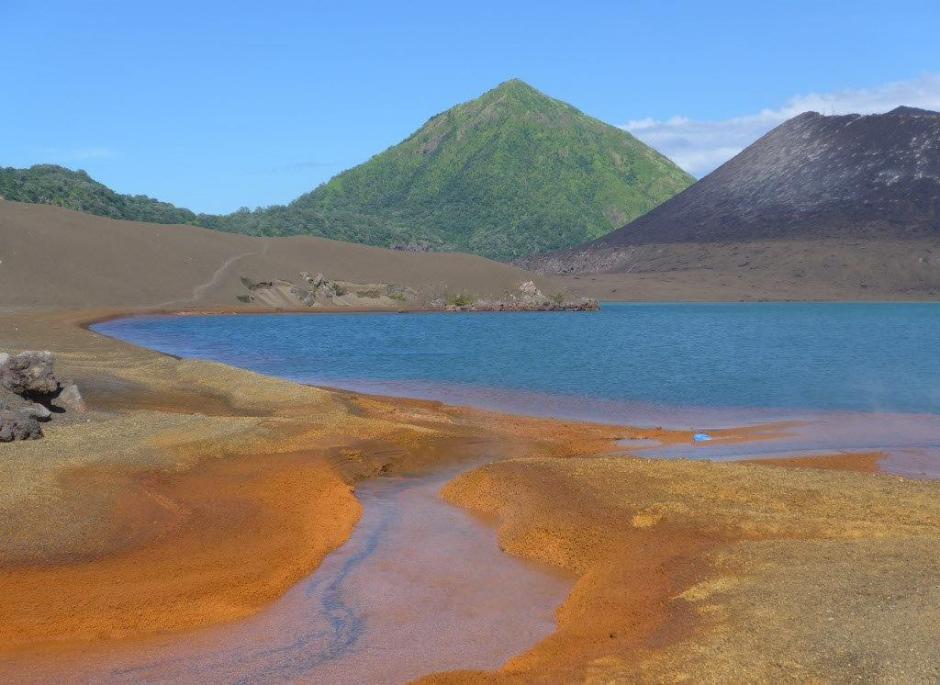
Water from spring emptying into the harbour.
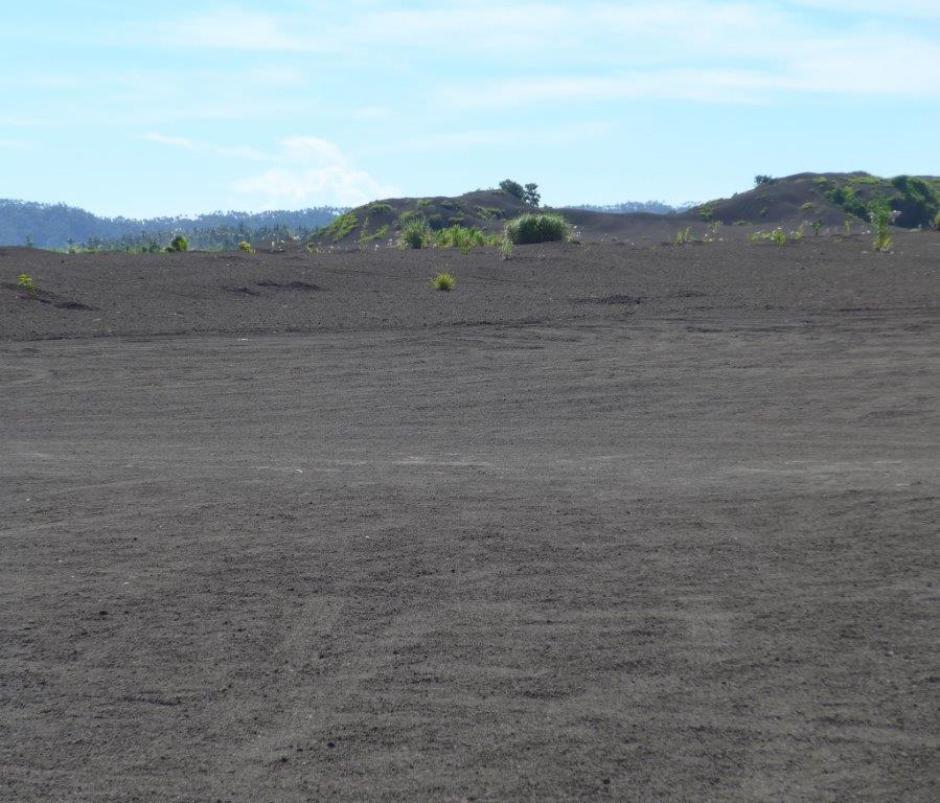
Former airport covered in volcanic ash.
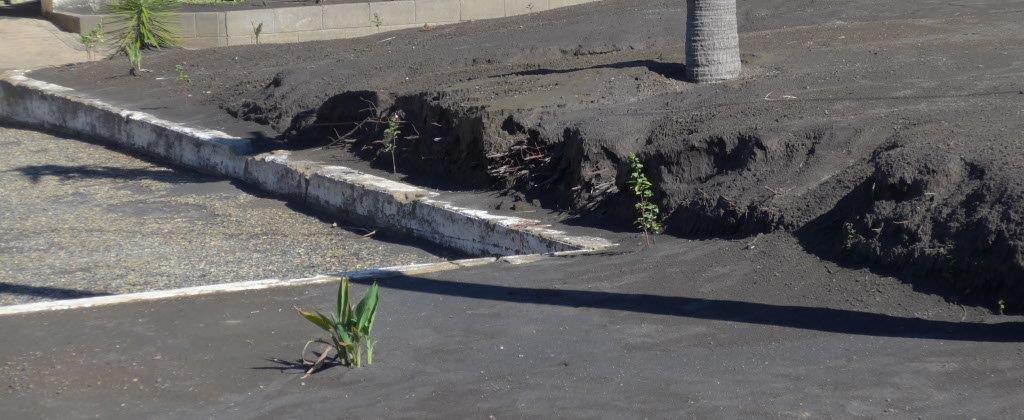
Volcanic ash cleared from gutter to show its thickness.
Previous Reflections by George Repin
The Nineteen Thirties Remembering Rowe Street The Sydney Push Saturday Night at the Movies Shooting Through Like A Bondi Tram A Stop On The Road To Canberra City Department Stores - Gone and Mostly Forgotten An Australian Icon - thanks to Billy Hughes Crossing The Pacific in the 1930s Hill End The Paragon at Katoomba Seafood In Sydney How Far From Sydney? Cockatoo Island Over The Years The Seagull at the Melbourne Festival in 1991 Busby's Bore The Trocadero In Sydney Cahill's restaurants Medical Pioneers in Australian Wine Making Pedal Power and the Royal Flying Doctor Service Pambula and the Charles Darwin Connection Gloucester and the Barrington Tops A Millenium Apart Have You Stopped to Look? Gulgong Il Porcellino Olympia Durham Hall Sargent's Tea Rooms Pie Shops and Street Photographers The Ballet Russes and Their Friends in Australia Hotels at Bondi Alma Ata Conference - 1978 Keukenhof - 1954 The Lands Department Building and Yellowblock Sandstone The Goroka Show - 1958 A Gem On The Quay Staffa The Matson Line and Keepsake Menus Kokeshi Dolls The Coal Mine At Balmain The Hyde Park Barracks The Changing Faces Of Sydney From Pounds and Pence to Dollars and Cents Nell Tritton and Alexander Kerensky Making A Difference In Ethiopia William Balmain J C Bendrodt and Princes Restaurant Azzalin Orlando Romano and Romano's Restaurant Waldheim Alcohol in Restaurants Before 1955 King Island Kelp The Mercury Theatre Around Angkor - 1963 Angkor Wat 1963 Costumes From the Ballets Russe Clifton at Kirribilli Chairman Mao's Personal Physician The Toby Tavern The MoKa at Kings Cross The Oceaographic Museum in Monaco The Island of Elba Russian Fairy Tale Plates Meteora Souda Bay War Cemetery Barrow, Alaska Cloisonné Tripitaka Koreana Minshuku The Third Man Photographs and Memories Not A Chagall! Did You Listen? Did You Ask? Napier (Ahuriri, Maori) New Zealand Borobudur Ggantija Temples Plumes and Pearlshells Murano University of Padua Ancient Puebloe Peoples - The Anasazi Pula The Gondolas of Venice Cinque Terre Visiting the Iban David The Living Desert Bryce Canyon National Park Aphrodisias The Divine Comedy Caodaism Sapa and local Hill People A Few Children Cappadocia Symi Jean-Marie Tjibaou Cultural Centre Aboriginal Rock Art on Bigge Island ANZAC Cove (Ari Burnu) 25 April, 1997 Hotere Garden Oputae Children of the Trobriand Islands Page Park Market - Rabaul
Copyright George Repin 2015. All Rights Reserved.